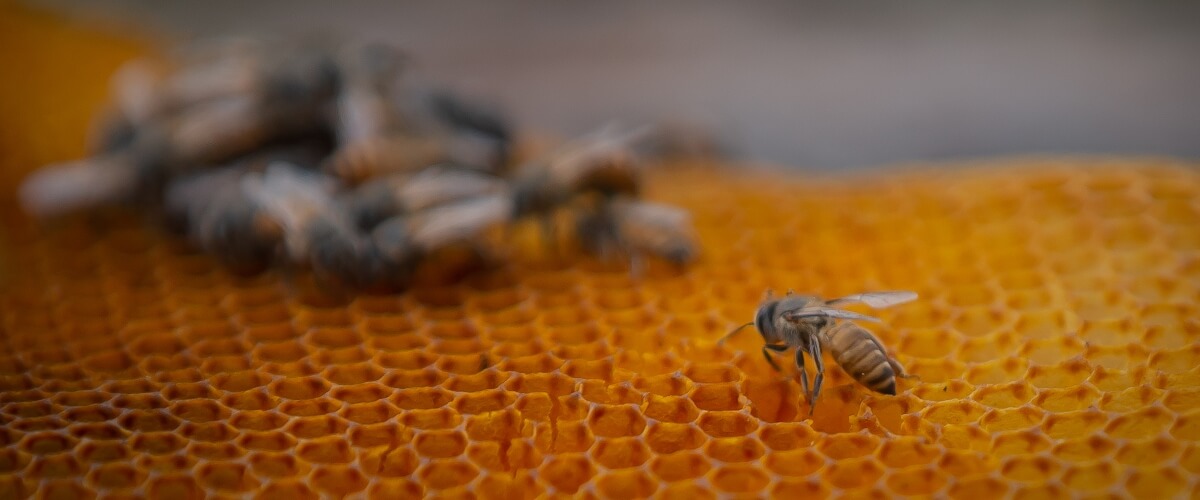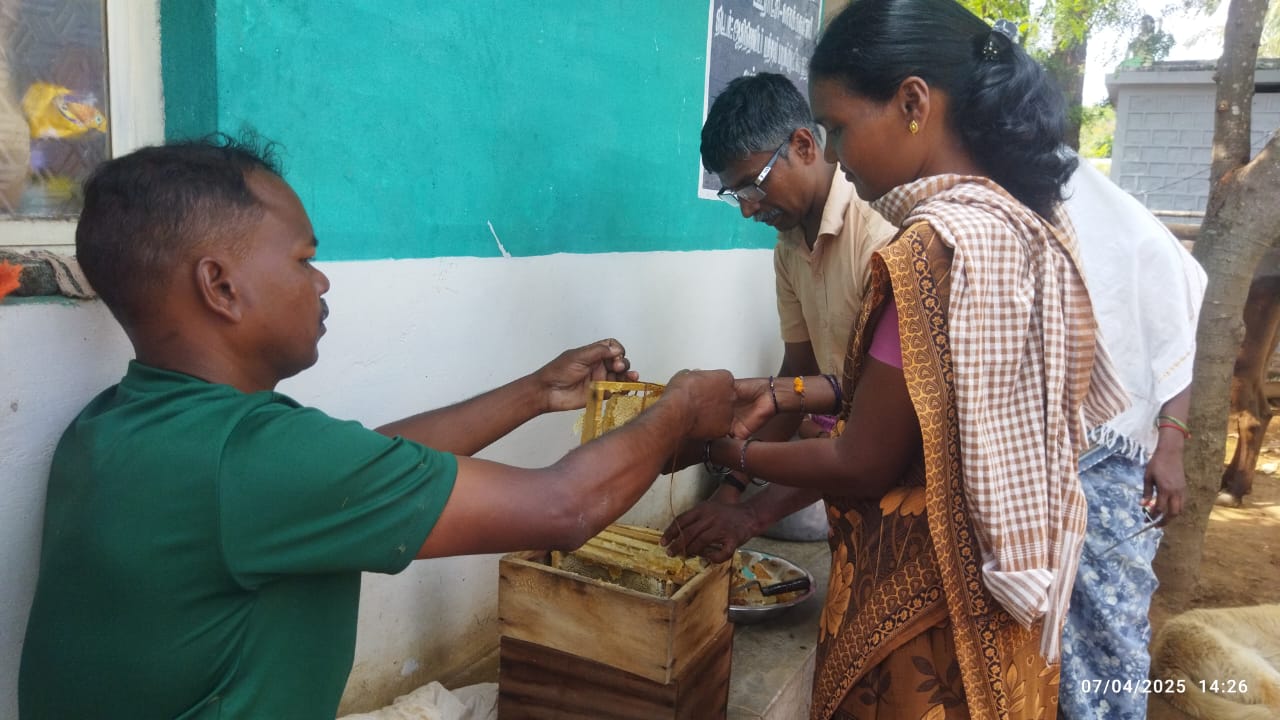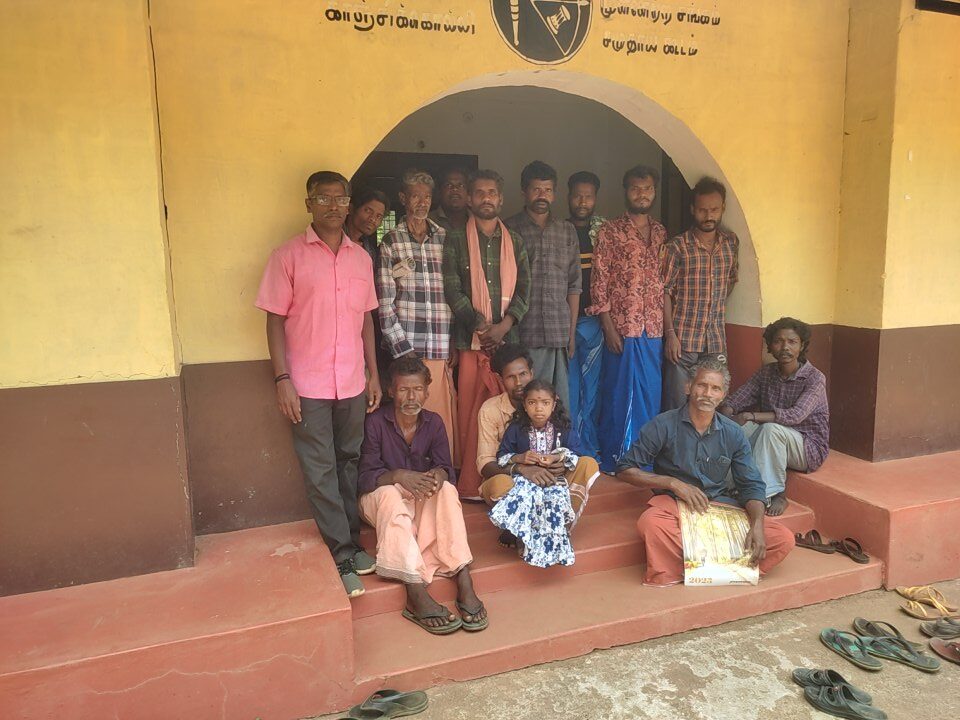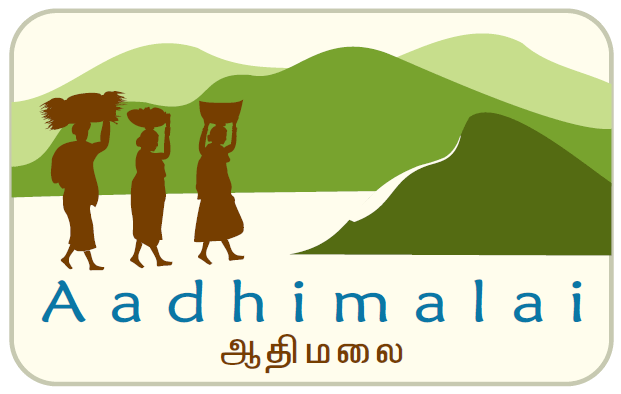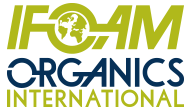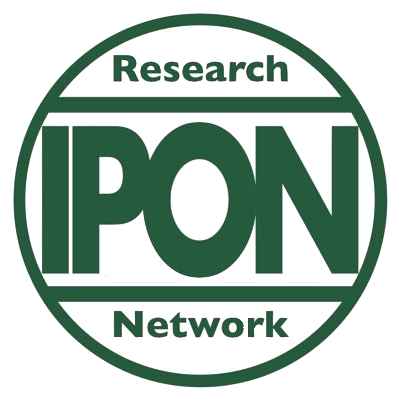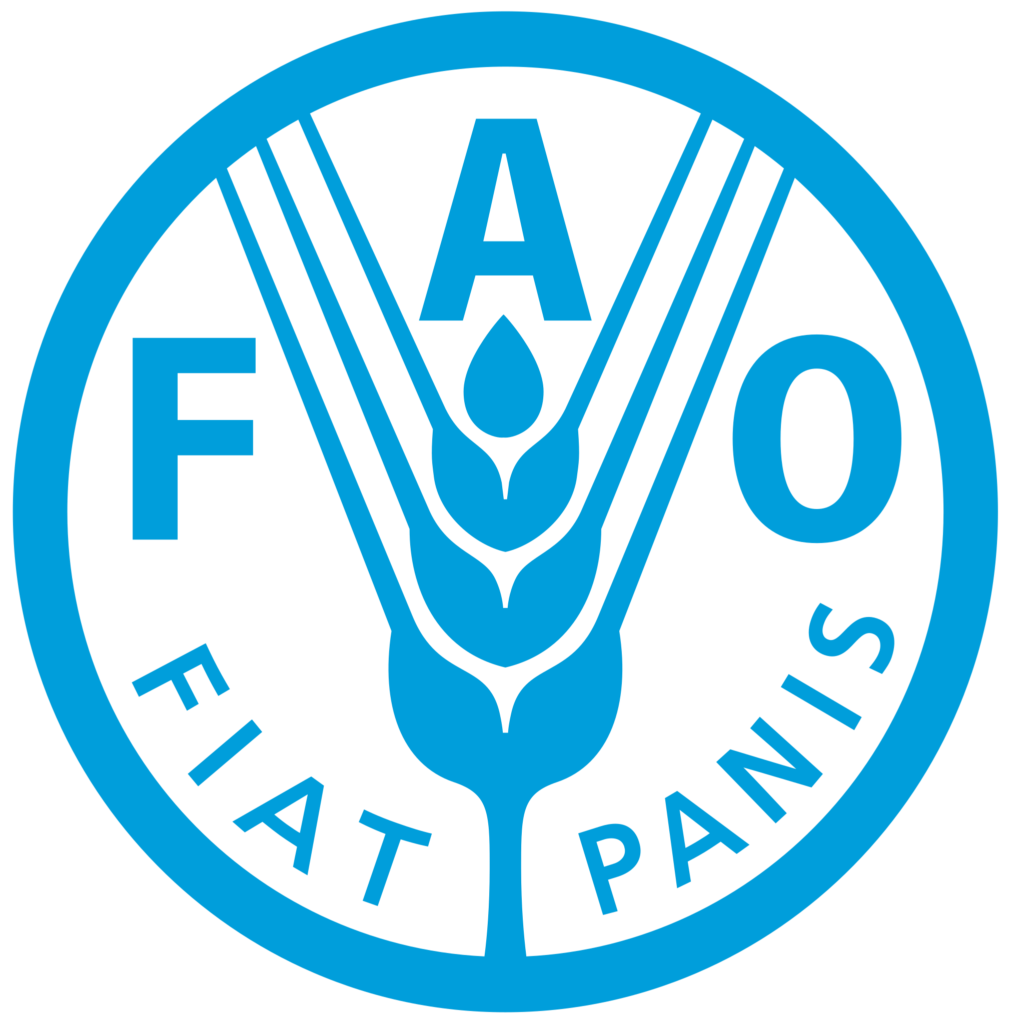Credit – Abhishek Chinnappa
Have you ever been told not to add honey to a hot cup of ginger-lemon tea? Or not to use it in cooking? According to Ayurveda, heating honey makes it toxic and harmful for health. Government regulations through Food Safety and Standards Authority of India (FSSAI) to make honey marketable, however, mandate flash heating of honey as a part of pasteurisation or purification.
Wild raw honey has various properties (that make each honey unique) that are lost during the process. It also increases the Hydroxymethylfurfural or HMF content of the honey which is essentially changing the property of the product. In a way, pasteurisation makes honey homogenous by stripping its uniqueness away.
Damages done by FSSAI regulations do not end there. For a batch of honey to be marketable, it cannot have moisture content exceeding 20 percent. But in reality, moisture content of the honey has nothing to do with purity. Natural, raw honey from most parts in India has a moisture content about 23pc or 24pc. Honey from drier regions will be thicker (or have lesser moisture content) than the ones from humid regions because honey is hygroscopic in nature.
Pollen content of wild honey will always be high. Keeping the pollen count low at 5000 per gram (as per FSSAI) favours adulteration with sugar syrups as we have learnt from the Centre for Science and Environment (CSE) expose last year of adulteration of honey by big players in the market.
India’s consumption of honey is about 20g annually whereas the US and Europe consumes 250g and Japan consumes about 900g. Honey has immense health benefits and it needs to be recognised in India as a health food in order to build a healthier population. Only then there will be understanding of good honey among population. That will also nudge the authorities to better recognise wild honey that’s both pure and natural.
By Arathi Menon

